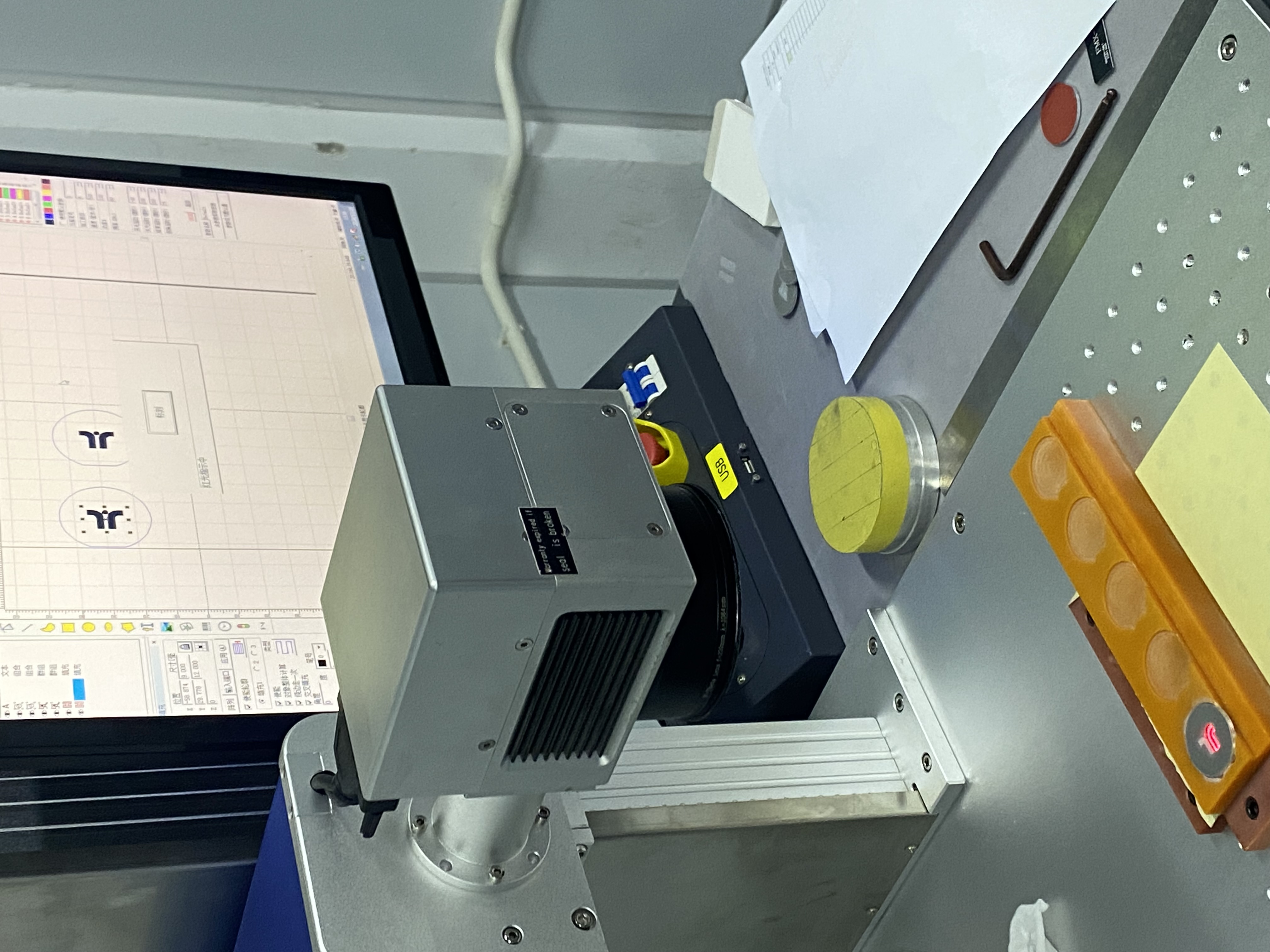Time to read: 6 min
Part marking is a critical process in manufacturing that ensures traceability, quality control, and compliance with industry standards. This guide explores various part marking techniques, their applications, and considerations to help manufacturers choose the right method for their custom parts and prototypes.
Introduction to Part Marking
Part marking is essential for identifying and tracking components throughout their lifecycle. It involves creating permanent markings on part surfaces, including serial numbers, QR codes, and data matrix codes, which are crucial for quality control and supply chain management.
How Part Marking Works
The part marking process applies codes, texts, and symbols directly onto part surfaces through methods like engraving, dot peening, or electrochemical etching. These markings are permanent and cannot be easily removed or degraded, ensuring the part's traceability even under harsh conditions.
Why Part Marking Matters for Custom Manufactured Parts
Part marking provides cradle-to-grave traceability, ensuring product location in the supply chain, verifying authenticity, and facilitating product recalls. It is especially important in industries such as automotive, aerospace, electronics, and healthcare where part identification and traceability are crucial.
Different Part Marking Methods for Custom Parts
The manufacturing industry offers several part marking processes, each with its advantages and ideal applications:
-
Laser Engraving/Etching
- A high-speed, precise method that removes material to reveal distinct images or codes. It is versatile and works well with various materials, including plastics and metals.
-
Silk Screening
- A cost-effective method for applying designs to metal pieces, suitable for various materials and colors. It is ideal for round and flat surfaces and works well on coated surfaces.
-
Laser Marking
- A flexible process that creates high-contrast marks without causing material disruptions. It is popular in the medical industry for marking titanium and stainless steel parts.
-
Inkjet Printing
- A non-contact technique effective for various product shapes and sizes. It uses thermal or continuous inkjet printers and is compatible with a wide range of materials.
Pros and Cons of Part Marking Techniques
Each part marking method has its benefits and drawbacks:
-
Pros:
- Fast and cost-effective processes.
- Capable of marking on fast-moving parts.
- Durable markings for long-term identification.
- Works on a wide range of materials.
-
Cons:
- High running costs for some methods.
- Potential exposure to hazardous chemicals.
- Inconsistent marks or alterations to part dimensions.
Unofactory’s Part Marking Solutions
Unofactory offers expert part marking services tailored to individual project needs. With a decade of experience, Unofactory combines cutting-edge technology and technical expertise to provide timely, quality service within budget constraints.
Conclusion:
Part marking is an indispensable process in custom parts manufacturing and prototyping, providing a reliable means of identification and traceability. By understanding the different techniques and considering factors such as content, location, part geometry, product function, and budget, manufacturers can select the optimal marking method. For the best part marking solutions, consider partnering with Unofactory for expert guidance and top-quality results.





